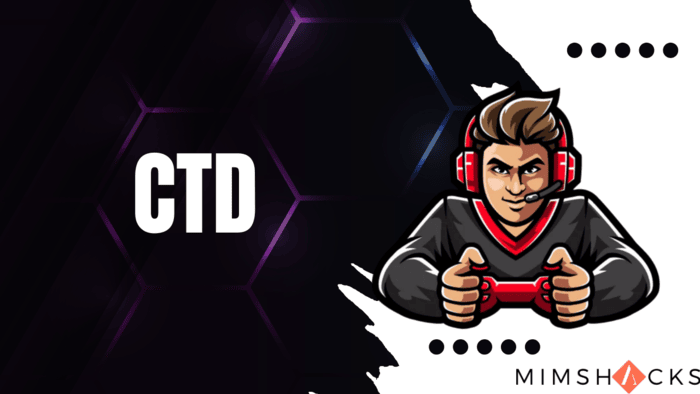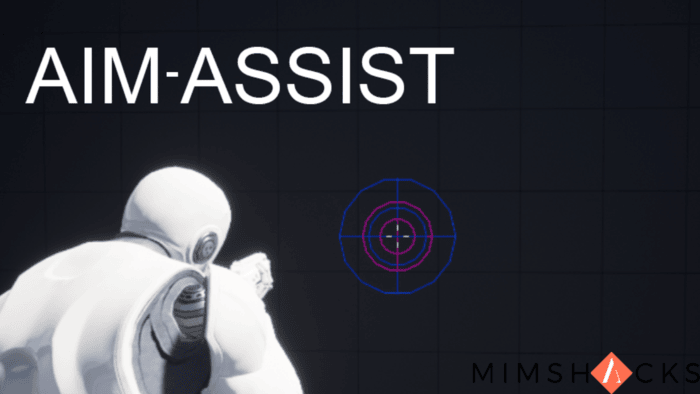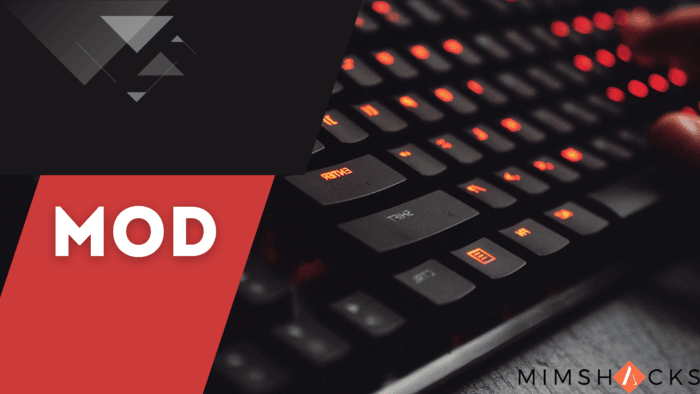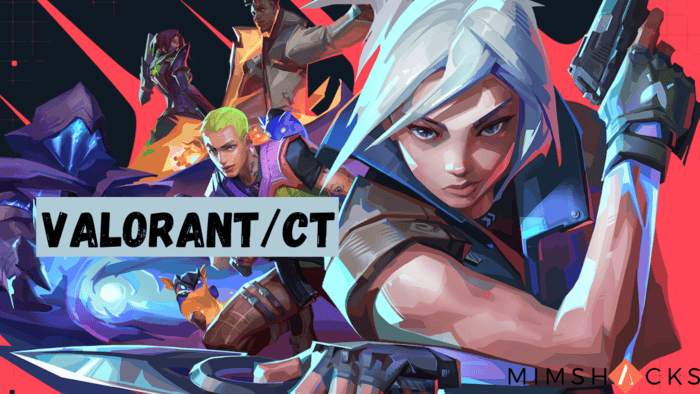What Does “Nerf” Mean in Gaming?
In the gaming world, the term “nerf” refers to a reduction in the effectiveness of a game element, such as a weapon, character ability, or strategy.
Game developers make these changes to maintain balance and fairness, preventing certain elements from becoming overpowered or disrupting competitive play.
When something is nerfed, it becomes weaker than before, often frustrating players who relied on its strength.
For example, if a weapon in a shooting game becomes too dominant, developers might reduce its damage, accuracy, or fire rate to ensure other weapons remain viable.
Similarly, a character with an overpowered ability in a multiplayer game might receive adjustments to prevent unfair advantages.
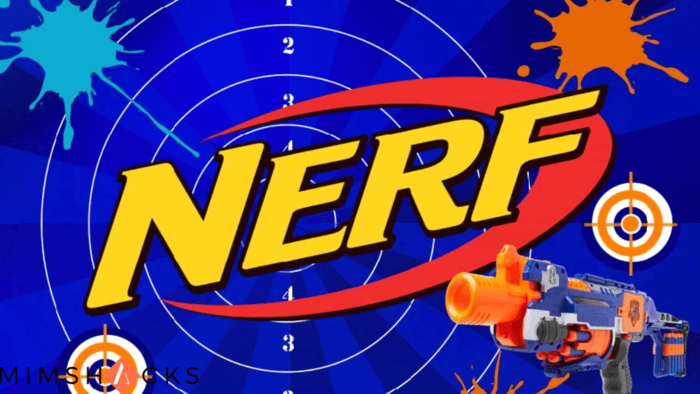
Origin of the Term “Nerf”
The term “nerf” originates from Nerf toys, which are soft, foam-based products designed for safe play.
The idea behind the gaming term is that when an in-game element is nerfed, it becomes less powerful, much like how a Nerf gun is less dangerous than a real firearm.
The use of “nerf” as gaming slang became popular in the late 1990s and early 2000s, in (MMORPGs) like EverQuest and Ultima Online.
Players noticed that developers frequently adjusted the power of weapons, abilities, and mechanics to maintain balance, leading to widespread adoption of the term.
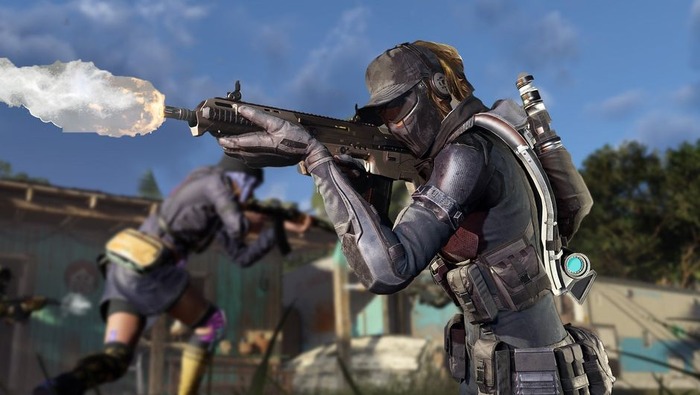
Why Do Developers Nerf Game Elements?
Developers introduce nerfs for several reasons:
- Game Balance – To ensure no single weapon, character, or strategy dominates the game, making it fair for all players.
- Competitive Integrity – In esports and ranked play, nerfs prevent certain elements from giving unfair advantages.
- Meta Adjustments – The meta (most effective tactics available) evolves as developers tweak the game to encourage diverse playstyles.
- Player Feedback – If a large portion of the community complains about an overpowered feature, developers may nerf it to maintain engagement.
- Economic Factors – In games with in-game purchases, balancing items through nerfs and buffs can encourage players to buy new content.
Examples of Nerfs in Popular Games
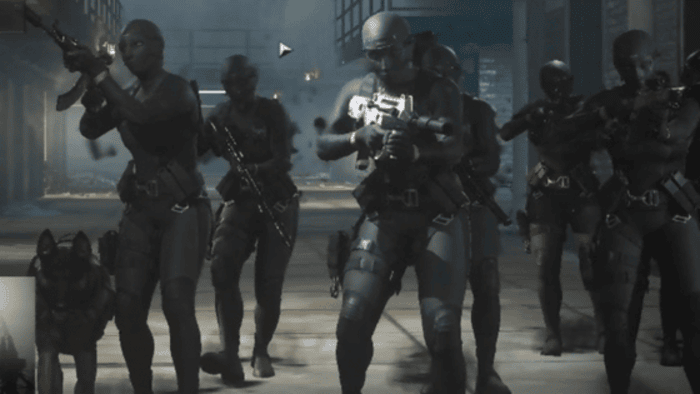
- Fortnite – Epic Games frequently nerfs weapons like the Pump Shotgun and SMG to prevent them from dominating matches.
- League of Legends – Champions who become too strong after an update often receive nerfs to abilities or stats.
- Call of Duty – Weapons that players overuse, like certain assault rifles, are adjusted to balance multiplayer gameplay.
- Overwatch – Heroes like Mercy and Genji have undergone multiple nerfs to prevent them from being too powerful.
How Players React to Nerfs?
While nerfs help maintain balance, they can be frustrating for players who rely on specific weapons or characters. Common reactions include:
- Disappointment – Players who spent time mastering a weapon or ability feel their effort is wasted.
- Adaptation – Some players embrace the challenge and look for new strategies.
- Community Backlash – If a nerf feels too extreme, players may demand a rework or buff.
Conclusion
Nerfs are a vital part of game development, ensuring fairness and keeping the meta fresh.
While they can be frustrating, they help maintain competitive integrity and encourage players to explore new strategies.

